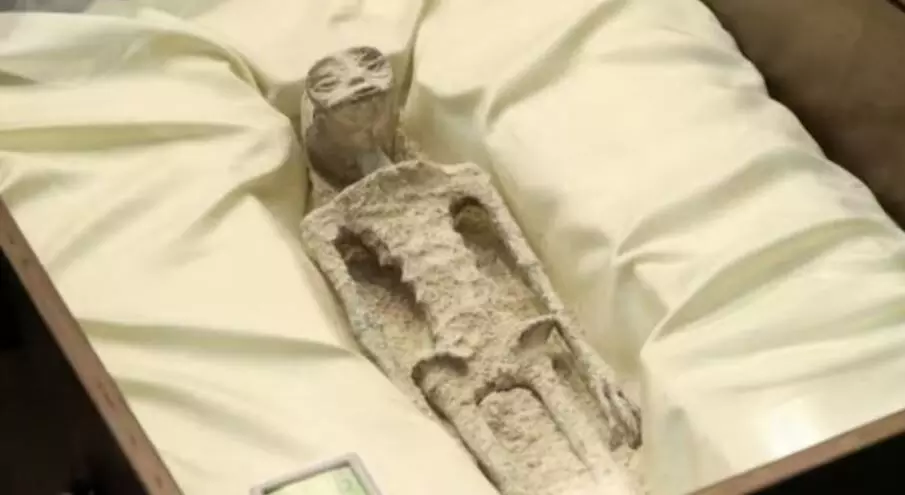Doctors Affirm Authenticity of 1,000-Year-Old 'Alien Corpses'
Mexican Doctors Confirm "Non-Human" Remains as Genuine: One Specimen Found "Alive" and Not Human-Made
image for illustrative purpose

Mexican Doctors Confirm "Non-Human" Remains as Genuine: One Specimen Found "Alive" and Not Human-Made
After conducting thorough tests on the remains dubbed "non-human beings" recently presented before the Mexican Congress, Mexican doctors have made groundbreaking revelations. Among the 1,000-year-old specimens, one was declared "alive, intact, biological, and in gestation," dispelling any notion of human origin.
Under the scrutiny of a global audience on Jaime Maussan's YouTube channel at the Noor Clinic, scientists meticulously examined these mysterious specimens with the goal of establishing their authenticity as potential extraterrestrial remains.
Director José Zalce Benitez, representing the Health Sciences Research Institute within the Mexican navy's office, left no room for doubt as he stated, "We found no evidence of any assembly or manipulation of the skulls."
The specimen identified as "alive" was of particular interest, with conspicuous lumps within its abdomen suggesting the possibility of eggs. Benitez emphatically affirmed, "I can affirm that these bodies have no relation to human beings."
These enigmatic beings, reportedly discovered in Cusco, Peru, in 2017, possess distinct characteristics, including elongated heads, three fingers on each hand, and a humanoid structure with two arms and two legs. Their remarkably lightweight yet sturdy bones, as well as the presence of rare elements like cadmium and osmium, have confounded experts. Approximately one-third of their DNA remains a mystery.
Jaime Maussan, a well-known figure among UFO enthusiasts, hailed these findings as a pivotal moment in the search for extraterrestrial life. He stated before Mexican government officials and US representatives, "These specimens are not part of our evolutionary history on Earth. They are not beings recovered from a UFO crash. Instead, they were found in diatom (algae) mines and subsequently became fossilized."
Physics professor Brian Cox, who had previously expressed skepticism, now advocates for sending a sample to biotechnology company 23andMe for independent verification of the specimens' extraterrestrial origins. He had previously stated, "It's highly unlikely that an intelligent species that evolved on another planet would resemble us."

